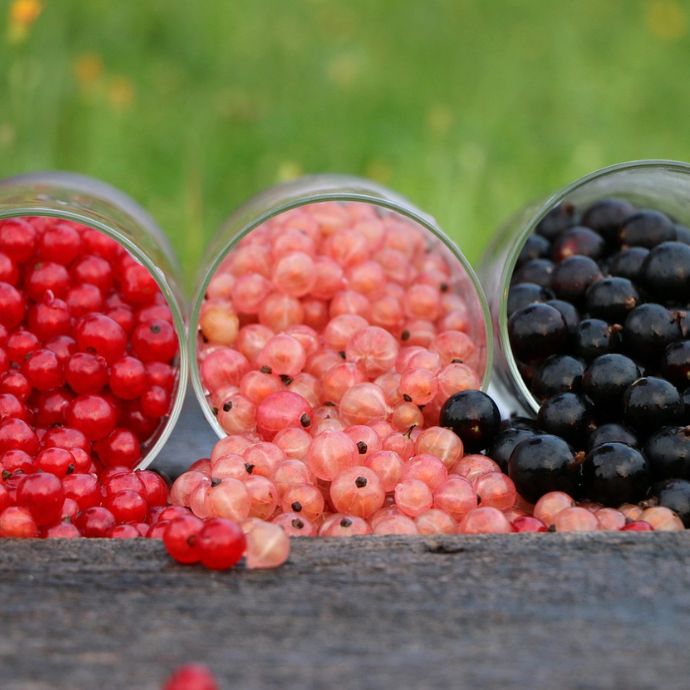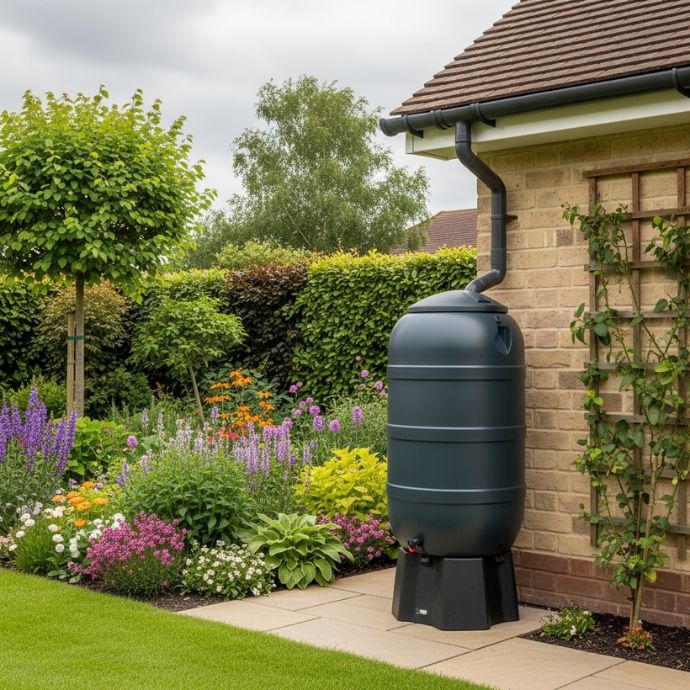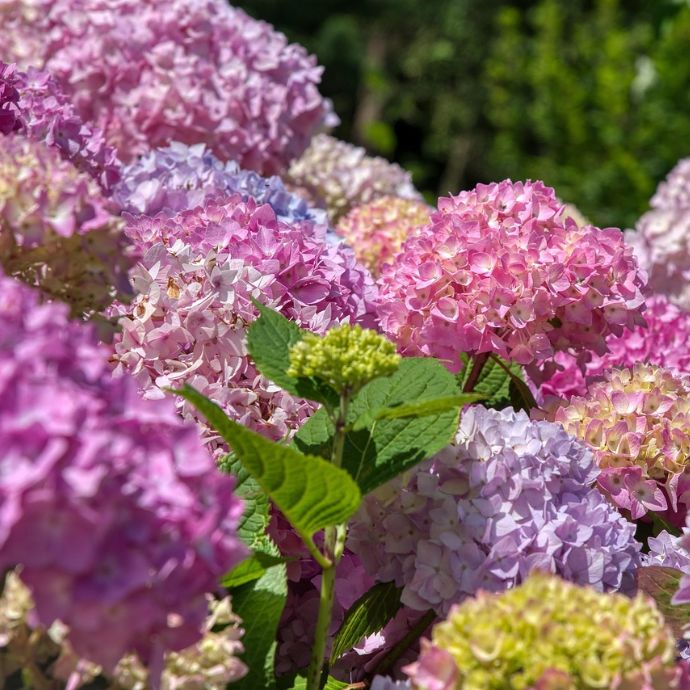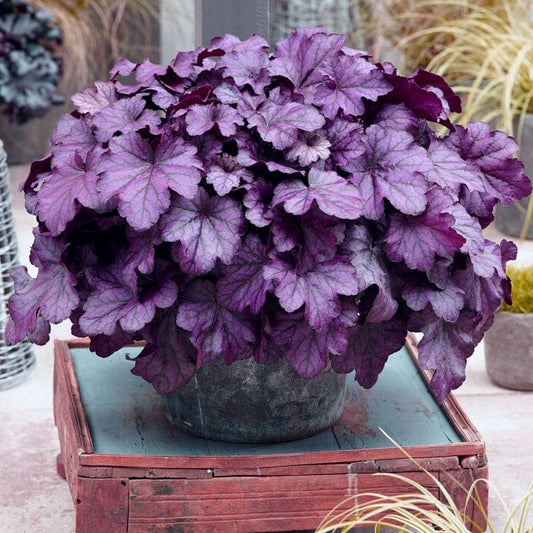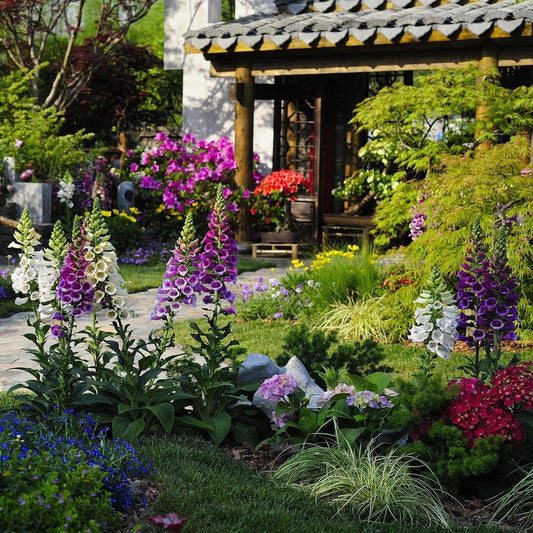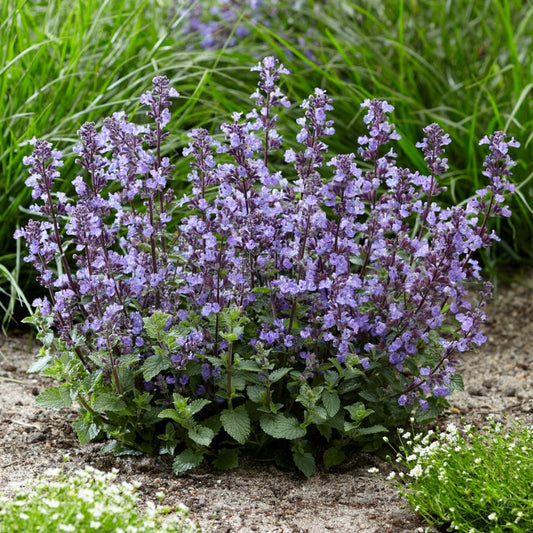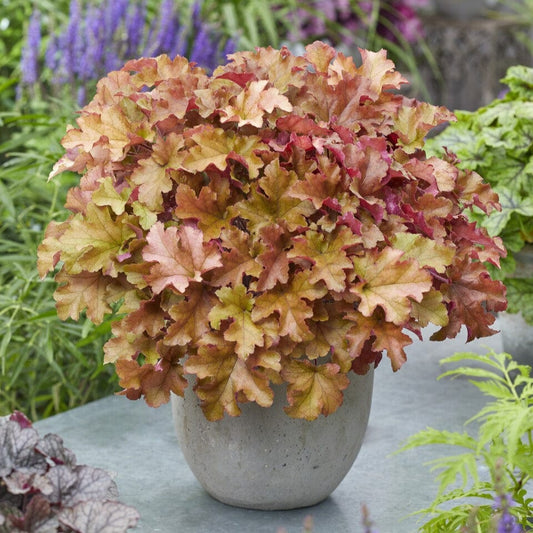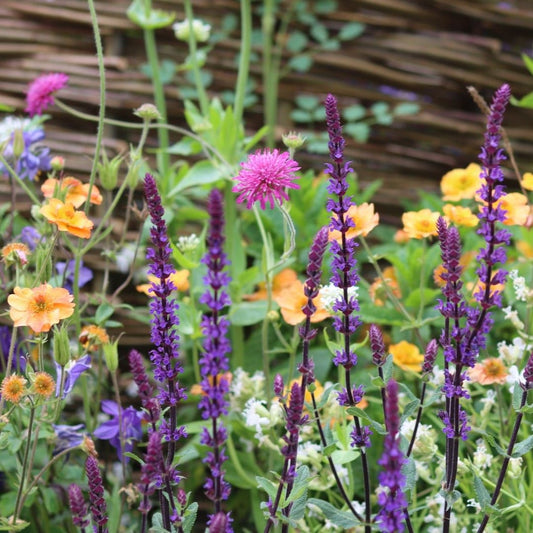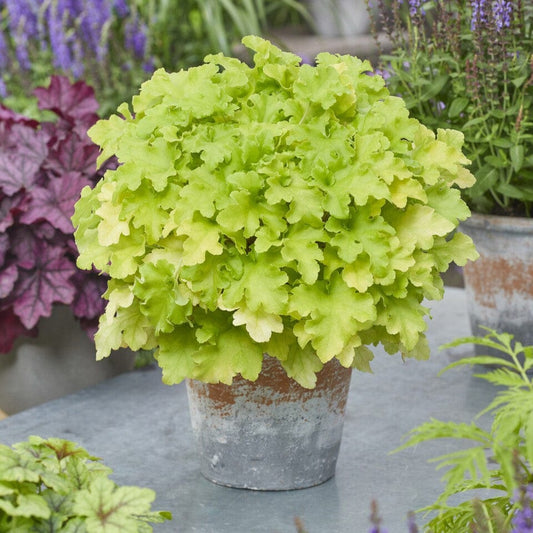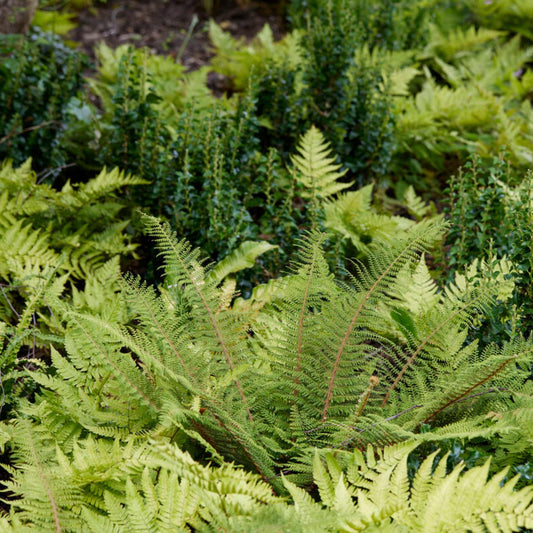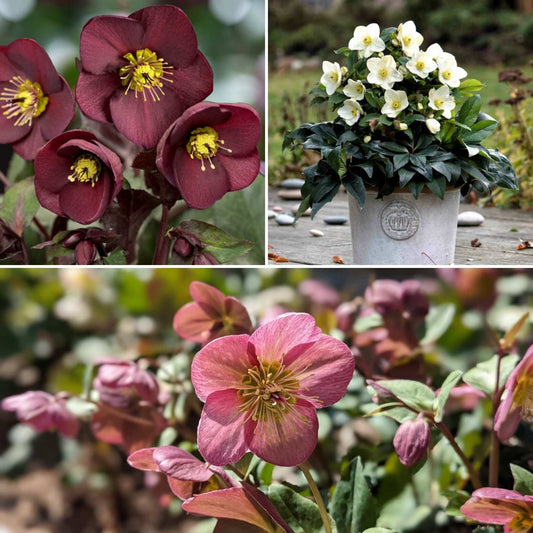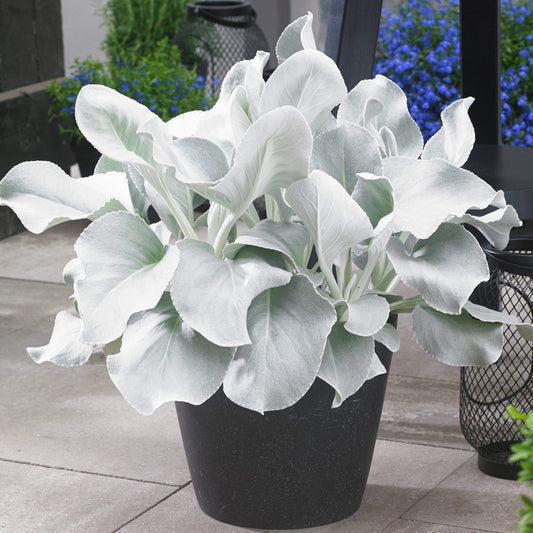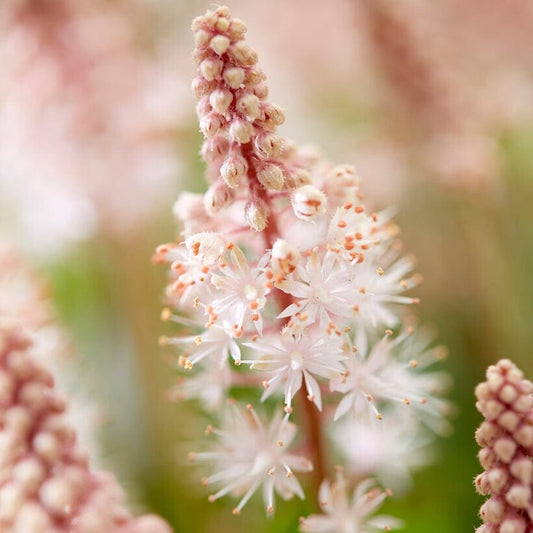How to Divide Perennials
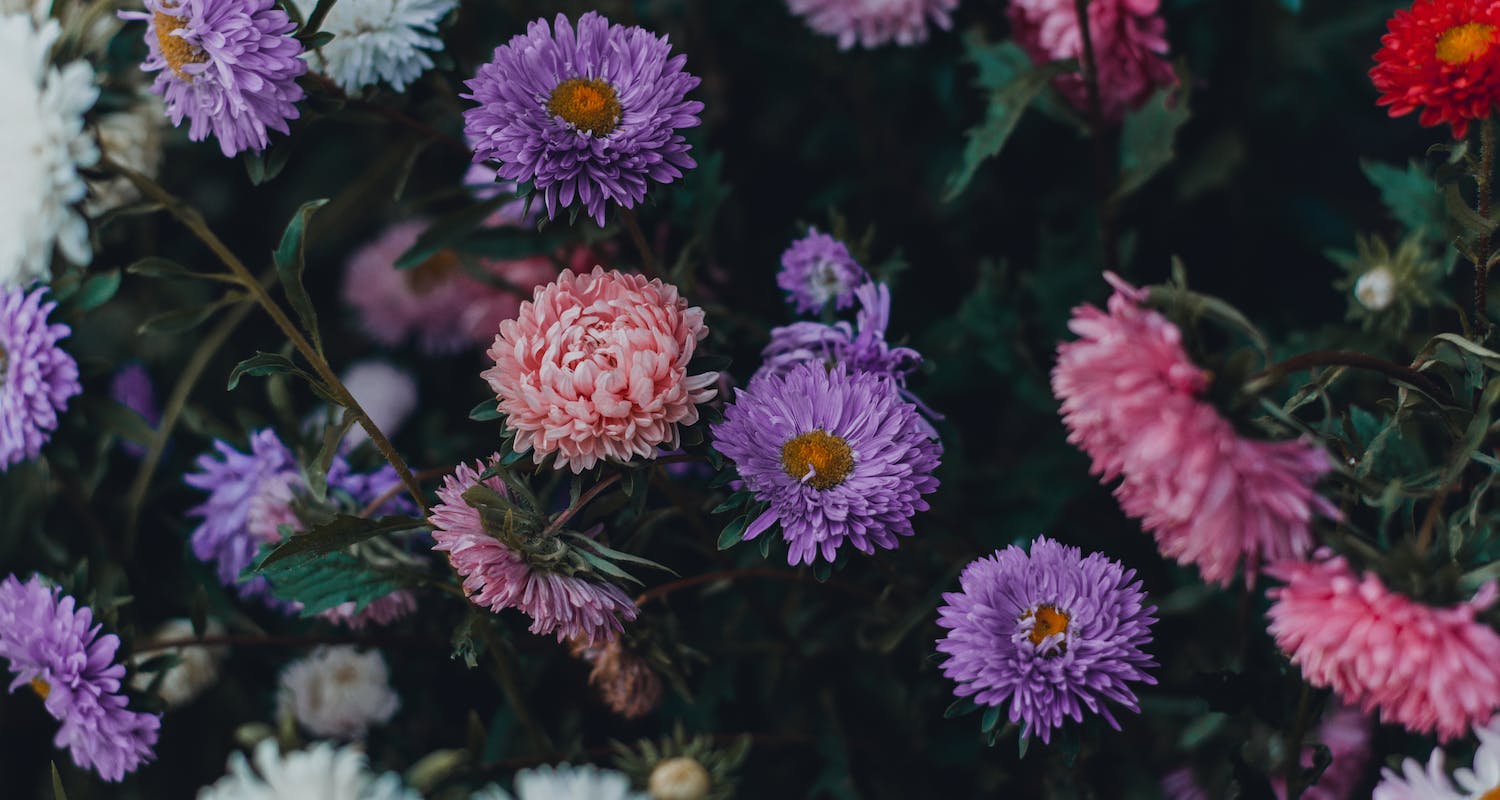
If your clump forming summer flowering perennials have done a lot of growing this year and are looking crowded, it’s time to divide them. Done the right way, dividing perennials can make them stronger, healthier and less crowded - it also means you get more plants!
When should you divide plants?
The right times of year for this job are spring (March-May) before flowering, or autumn (September-November) after flowering. Spring flowering plants (such as Irises) are best divided in Summer (June-August) when they have finished flowering.
Which plants can I divide?
Perennials that can be divided include Agapanthus, Crocosmia, Dierama, Delphinium, Eryngium Euphorbia, Geranium, Helianthus, Hemerocallis (daylily), Heuchera, Hosta, Iris, ornamental grasses, Primula (primrose) Salvia, Sedum, Verbena and Zantedeschia.
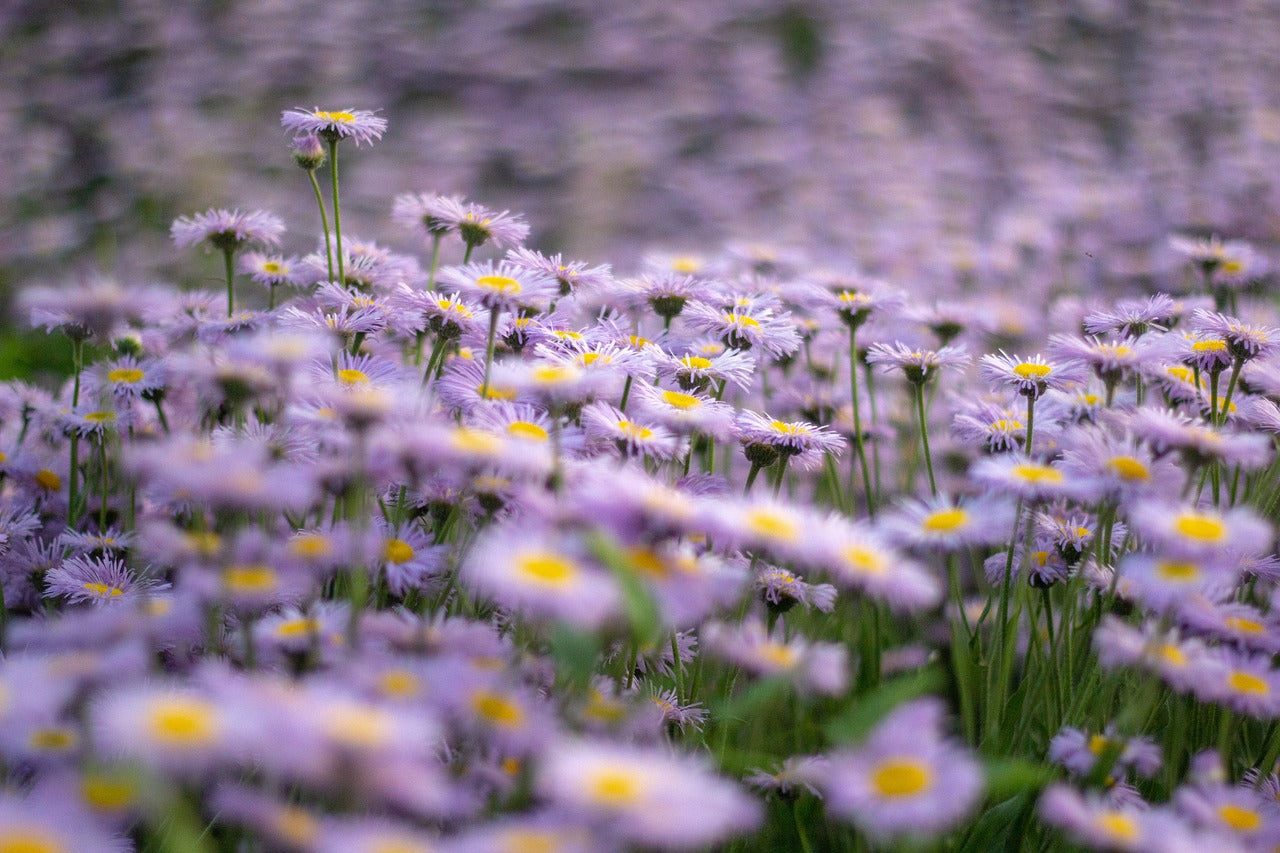
How to divide plants
Make sure you pick a time when the ground is dry. Lift your plant very gently with a garden fork to avoid root damage, then shake off the excess soil so that you can see the roots clearly.
For small fibrous rooted plants such as Hostas and Heucheras, pull the clump apart gently with your hands. Larger Hostas with tough roots may need dividing with a sharp spade.
For large fibrous rooted plants such as Daylilies, use two garden forks to loosen and break up the root ball, before dividing it further.
For plants with woody crowns such as Hellebores and Delphiniums, cut them in half with a sharp spade or knife, then divide into clumps. Make sure your spade or knife is sterilised to avoid infection.
To divide Crocosmia and Dierama, dig down 30cm, lift the corms gently and replant sections at their original depth. Discard any that look diseased or wizened.
When dividing plants, aim for 3-5 healthy shoots to each new clump. Do this every 2-3 years as necessary to avoid overcrowding.
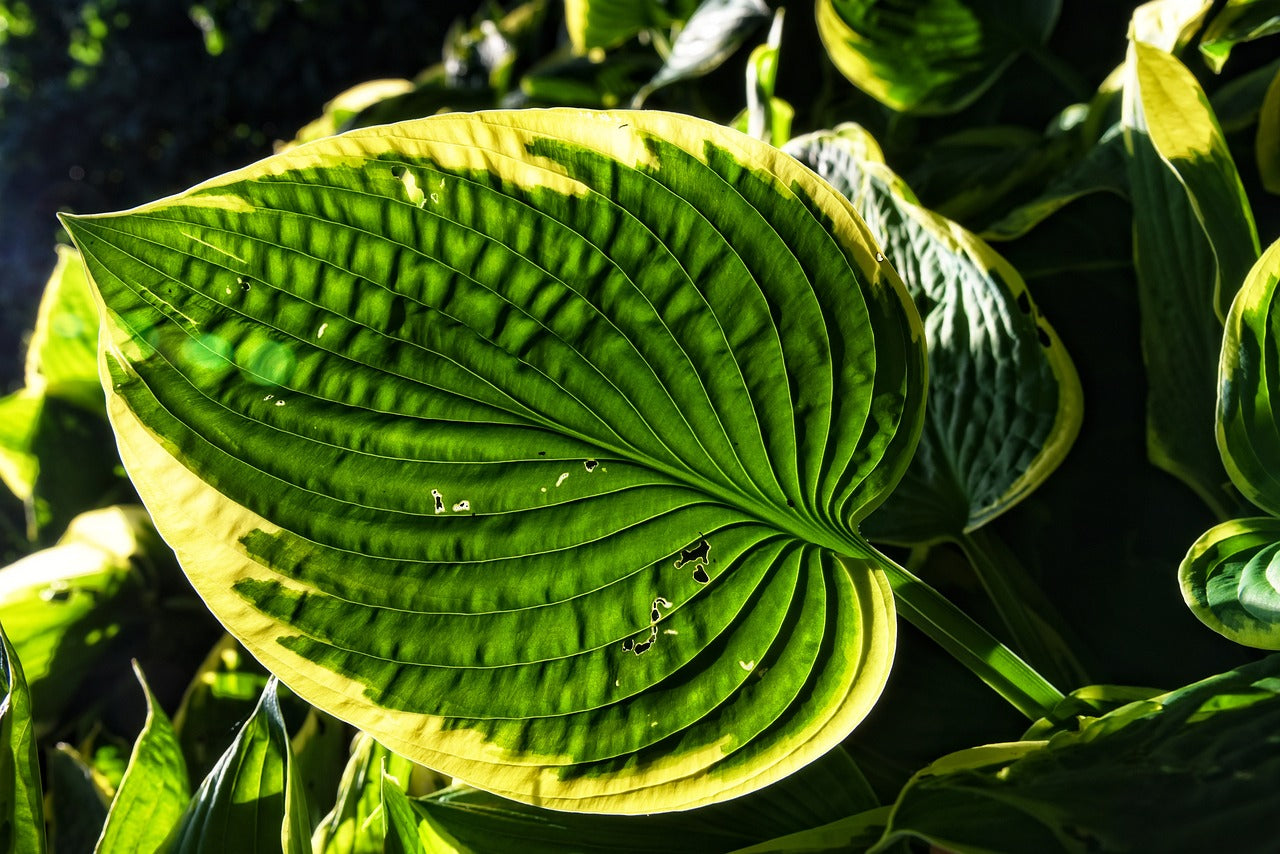
Aftercare
Replant the clumps as soon as possible at their original depth, with the shoots above the soil. Add some compost or other soil improver. Water them in well and make sure they don’t dry out in the first few weeks after planting. Alternatively, you can pot the clumps up individually and keep them in a warm place over winter until they have grown bigger, then plant them out in the spring.
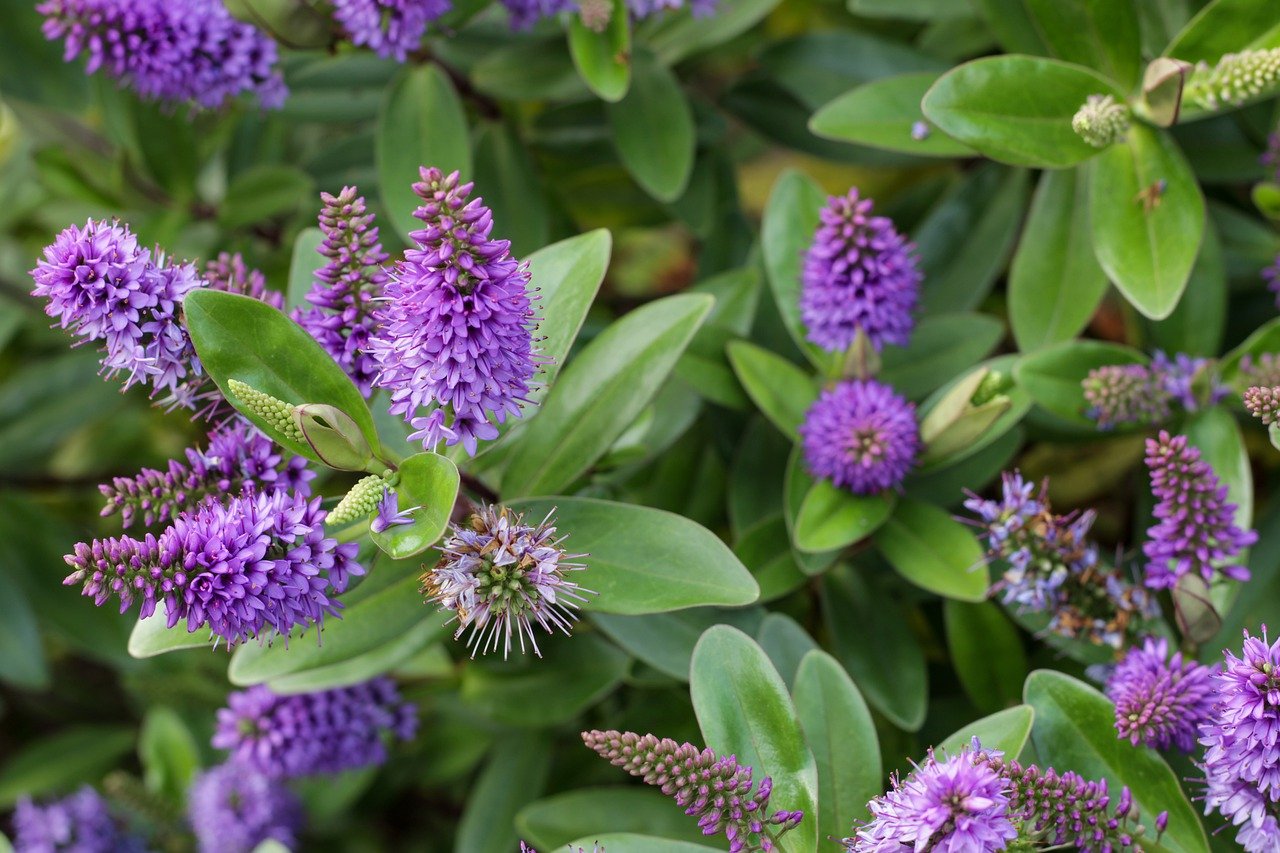
Still looking for more advice?
Find more gardening knowledge guides by clicking the button below.
Last updated: 13/11/2023

